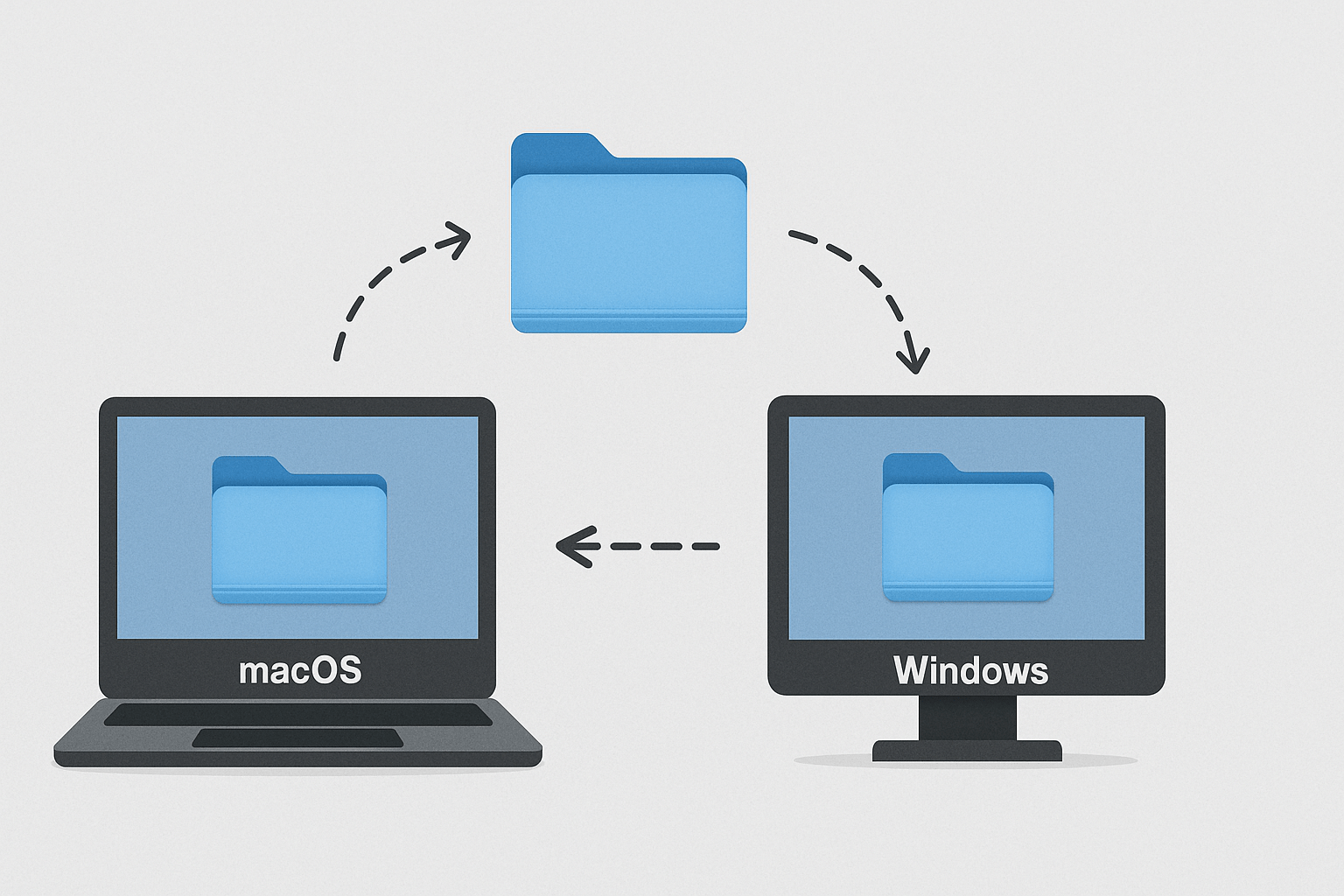As a student, you want to make sure your writing meets the standards set by your teacher. Knowing how to write well is critical to your success in school and in your career. Therefore, it is very important that you have a step-by-step guide to help you achieve a quality writing process.
There are many ways to achieve an average grade without good writing skills, but if you want to stand out from the crowd, quality work is key. Writing is a skill that can be refined and improved with practice. Whether you are a student looking to improve your writing skills for college or graduate school, or an employer looking to produce high-quality documents, it’s important to practice: In this blog post, we will present eight steps that will help you create high-quality written content that meets teachers’ expectations and exceeds your own in 2022. So take a deep breath and let us get started!

Step 1: Understand What Is Important To Your Teacher
The prewriting stage consists of understanding what is important to your teacher. In most cases, a teacher wants their students to produce high-quality work that meets their expectations. So, if you want to write high-quality content that meets standards and exceeds your own expectations, keep these things in mind. Perform background research on the topic assigned to you and make sure the information you got is well received by your teacher. As you can see, it is not hard to understand what your teacher wants as long as you involve him/her in your writing process.
Step 2: Good Writing Sticks to Standards
There are certain standards that must be met for a piece of writing to be considered good. These standards vary from teacher to teacher, but generally any writing that is considered professional adheres to these eight steps:
a) Use clear and concise language.
When it comes to writing, precision is key. This means that you should use clear and concise language that is easy to understand. Also, make sure your examples are specific and include additional information that supports your argument. By following these simple guidelines, you can produce high-quality writing that meets your instructor’s expectations and exceeds your own.

b) Use active and concrete verbs.
One of the most important skills for high-quality writing is using active and concrete verbs. This means that you use verbs that accurately reflect the action taking place in the sentence or paragraph. For example, instead of saying “The dog barked,” say “The dog growled and barked” This way, readers understand exactly what is happening and they can visualize it more easily. However, you should also not overlook your word choice, because it determines how your work will be perceived by your target audience, in this case, your teacher or class.
c) Use correct spelling and grammar.
In order to achieve an excellent piece of content, it is important to use correct spelling and grammar. This is especially important when you submit your work for grading, as such mistakes can lower your grade. By taking the time to carefully proofread and edit your work, you can ensure that your writing is of the highest quality. Nowadays editing process can be assisted by AI tools that grammatically advise you with a very thoughtful step-by-step process.

d) Follow a standard format or template.
There are many different ways to format your work. Some people prefer to follow a standard format or template, while others prefer to write a bit more freely. Ultimately, what matters is that your text is clear and concise. By sticking to a standard format or template, you can ensure that your work is easy to read and follow. Plus, using a format will help you stay organized and improve your overall writing skills.
e) Maintain a consistent tone
Writing is an art, and maintaining a consistent tone is a hook that helps readers understand the author’s overall point of view. When writing, it’s important to keep your audience in mind. If you are aware of your tone, you can ensure that your work is easy to read and understand.

f) Choose relevant and interesting sources to support your arguments or analysis
When it comes to writing, many people feel intimidated by the task. After all, writing is often seen as a difficult and time-consuming process. Therefore, make sure that you choose relevant and interesting sources to support your arguments or analysis from the very beginning. This will not only show that you have done your research, but also that you are able to coherently integrate information from different sources into your essay
g) Leave enough room for the reader to follow the argument
When writing, it is important to give readers clear and concise information while allowing them to follow the argument or analysis without getting bogged down in excessive detail or repetition. It is also important to use enough space so that readers do not feel overwhelmed. This will help you write a great high-quality text that ensures your desired grade.

Step 3: Develop a Plan of Attack For Your Writing Process
First and foremost, you need to develop a plan of attack. This includes figuring out what areas you need to focus on and developing specific strategies to improve them. It’s also important that you practice consistently so that you do not give up after one or two failed attempts.
Next, it’s important that you have effective tools at your disposal. These include both digital and traditional writing resources, as well as editing software that you can use to put the finishing touches on your work before it is submitted for grading. Finally, it’s important that you have a support system in place – someone who will encourage and support you as you work toward a higher level of writing proficiency.
Step 4: High-Quality Prewriting
Although it may seem like simple scribbling and nonsensical doodling, prewriting serves an important stage in the writing process. It helps writers clarify their thoughts and reasons for writing. It also provides a medium for planning their arguments or the structure of their narrative, and for organizing their ideas logically even before they put pen to paper (or fingers to keyboard). For young children, this often means drawing pictures and using invented spellings to express themselves. However, as students develop their literacy skills and turn to conventional spelling and grammar, the importance of drawing as a tool before writing diminishes. Still, with younger students, teachers can incorporate drawing into writing preparation, such as whole-class brainstorming sessions in which students visually depict potential topics on a giant sheet of paper or a whiteboard. As always with writing preparation methods, it comes down to figuring out what works best for individual students and helping them build a solid foundation for their written work. Taking the time to plan before moving on to the actual draft can make all the difference in creating a clear and well-structured final product. Although it may feel like a lot of work at first, investing time in prewriting can pay off in the end with better-quality written work. The key is to find an approach that works for each student. Whether you are drawing pictures or making lists, prewriting helps writers clarify their goals and make thoughtful decisions about structure before they put pen to paper. Do not skip this important step!
a) Draft your ideas and brainstorm them
As part of prewriting, brainstorming is a great way to get creative and come up with new ideas. When brainstorming, it is important that you have specific goals in mind. Writing down ideas and the goals for the session is important to guide your writing and help you improve it.
Another benefit of brainstorming is that it can help break down large tasks into manageable pieces. By outlining your thoughts, you can better focus on what needs to be done to achieve your goal. Not only will you save time, but you’ll also ensure that the task gets done right.
If you are looking for ways to get more out of your brainstorming sessions, writing down your ideas and goals is a good place to start.

Step 5: Drafting and Writing
Writing can be a daunting task for any student, but it does not have to be overwhelming. When it comes to writing, organization is key. By following a few simple steps, you can improve the quality of your writing and ensure that your ideas are conveyed effectively. Also, make sure your workspace encourages productivity. Find an area that’s free of distractions and keep all the supplies you need – paper, pens, snacks, and a laptop – within easy reach so you have no excuses to procrastinate or lose focus. An organized approach can help ensure that the end result is a high-quality piece of work. So before you set out on a writing task, get organized and set yourself up for success. Before you set out to write your essay, take a moment to create a rough outline of your thoughts and the topics you want to cover. This will give you a structure and a clear direction for your text. Then, start writing your essay and include supporting evidence to support your arguments. Do not worry about editing or punishing mistakes at this stage – just focus on getting your ideas down on paper. Once you have a complete draft, go back and carefully review it for grammatical errors and ways to improve clarity and flow. If you follow this checklist, you’ll create a polished final product that effectively reflects your thoughts and ideas.
Step 6: Revise and refine your work
Once successfully completed writing a first draft, it is important that you revise and refine your work. This way, you can ensure that your process of writing is of the highest quality and will deliver content that meets the instructor’s requirements.
There are a number of steps you can take to improve your text:
a) Evaluate your work
Once you have completed your first draft, take time to critically evaluate it. Ask yourself how well the content is written, and organized. Did the ideas presented flow smoothly from one section to the next? Once you have an idea of how good your work is, you can use this information to make any necessary revisions.
b) Reformatting and rewording
If there are areas where your text could be improved, you should reformat and rewrite it to improve its clarity and flow. This process can be time-consuming, but it’s worth it – after all, poorly written text cannot effectively convey its message.
c) Check grammar and correctness
Another important step in the revision process is to check for grammar and accuracy – after all, these are two key elements of effective writing. Make sure that all words are placed correctly, that you use the correct tense, and that you avoid incorrect phrases.

Step 7. Proofread and edit your work
To write a great essay, you must not only put the facts on paper but also edit and revise them carefully. However, many students overlook this crucial step in the writing process. If they do not take the time to proofread and edit their work, they miss the chance to improve their essay and write excellent essays. So, once you have written your final draft, it is important that you proofread and edit your it. This way, you can ensure that there is no word, spelling, grammar, and punctuation errors and that your essay is of the highest quality. First, read through your essay to look for errors. Then have another person read through your work to find errors such as misplaced punctuation you may have missed. Finally, revise your work to make sure it is well-written and clear. Students can even advise each other through various stages of the process to increase their grades. This extra effort will pay off because you will have a polished essay that will really impress your teacher and mark you as a good writer. Do not let careless mistakes affect the quality of your work – invest some time in perfecting your work through proofreading. Your future self will thank you for it.
Step 8. Submit Your Work To Be Evaluated By Teachers Or TAs
There are a few things you need to do to have your work evaluated by teachers or assistants. In most cases, you will need to make sure identification information is clear as by instructions to properly grade your work. This includes giving your name, the headings of your essay, the date it was completed, and a brief description of what you wrote.. Sometimes your name, title of the essay, and date are enough. Once you have submitted your work for evaluation, it is important that you wait for a response. Depending on which professor or TA is assigned to grade your essay, it may take some time for them to review and critique it. Once they have completed their evaluation, they will notify you with an email or other means their thoughts on your work. It is important that you read and understand the comments before responding. If you need to make changes, you should do so before submitting your reviewed work.

Conclusion
When it comes to writing, most people think in terms of paragraphs and sentence structures. But what about creating high-quality text? By following these eight steps, you can write great high-quality texts that meet teachers’ requirements and exceed your own expectations every time.
Consider reading best of our articles:










































